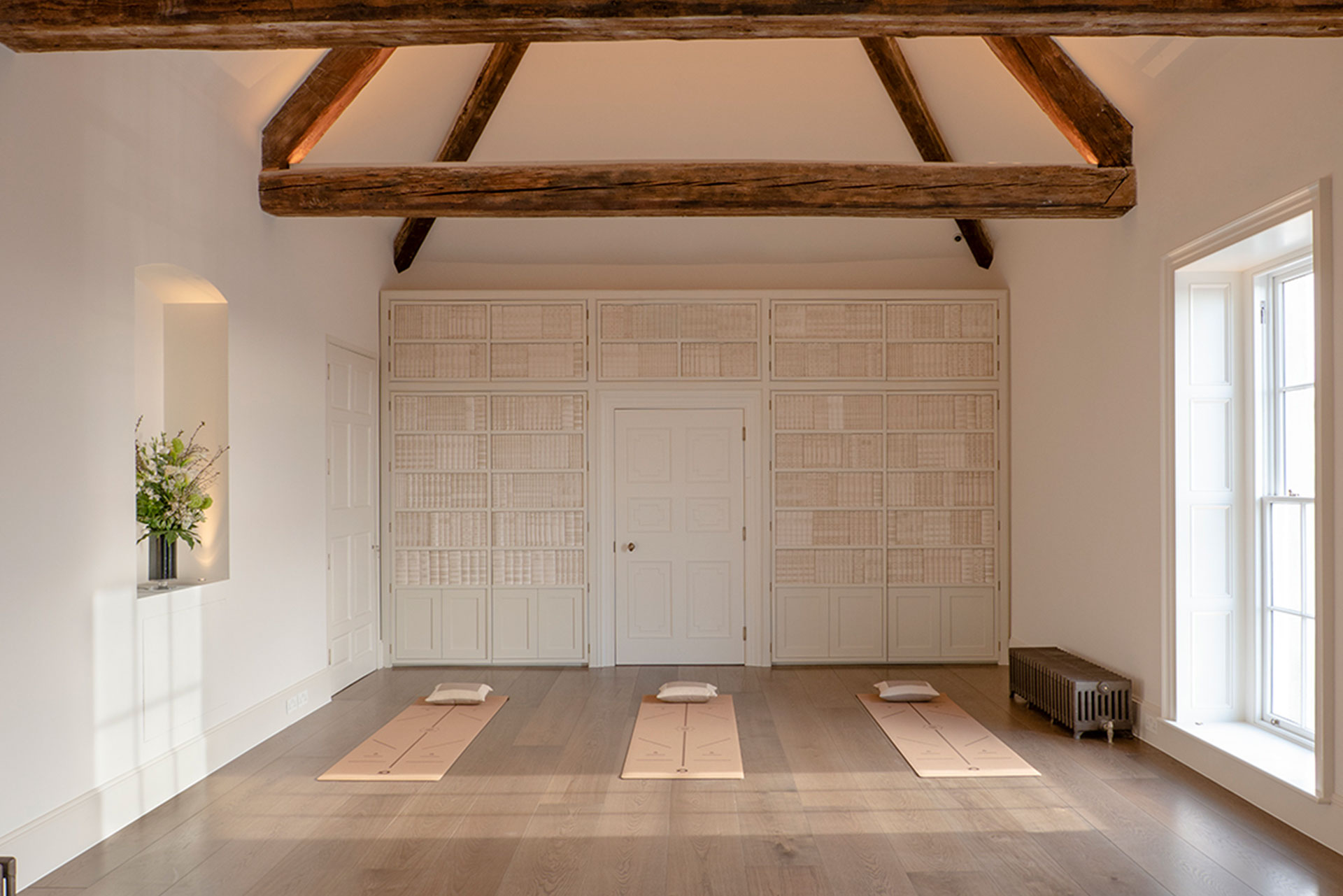This article was recently published on RTE Lifestyle. http://www.rte.ie/lifestyle/living/2016/0530/791945-why-stretching-may-not-be-working-for-you/
Why stretching may not be working for you.
After almost a decade of working as a Chartered Physiotherapist with sports teams and individual athletes, I can give you some interesting information about stretching and reasons for why you might not be getting the results you expect.
Let’s take an example. A patient comes in to clinic with persistent hamstring pain at the back of their thigh, they’ve been told by their friends to stretch. They’ve googled it, to find numerous ways to stretch and a minefield of advice.
Here are a selection of reasons as to why the pain might be there:
Nerve Tension.
The infamous sciatic nerve among others flow directly down the back of the thigh, alongside the hamstring muscles. Pain in the hamstring area is frequently a problem related to nerve irritation, rather than hamstring muscle. Chartered Physiotherapists have tests such as the Slump test to identify nerve involvement and provide you with a diagnosis and treatment plan. If your pain is related to nerve irritation your pain is likely to get worse if you statically stretch the hamstring. There are prescriptive exercises to help resolve this. Your Physiotherapist will be able to assist you.
Tendonopathy.
At the top and bottom of the hamstrings are the tendons. The tendons join the hamstring muscle to the pelvis above and tibia (shin bone) below the knee. Tendons don’t like being messed with. If they get irritated, inflamed or damaged due to overload then this can be the issue to be treated. Pain under your bum when you sit or pain behind your knee at the left and right side of the knee might be tendon related pain. AGAIN, do NOT statically stretch this area. You’ll end up making it worse. Damaged tendons need to be strengthened with a prescriptive and progressive loading program. They need resistance exercises to improve.
Protective hamstrings tension.
Pelvic position (mainly in females) is the issue here. An anteriorly tilted pelvis will cause the hamstrings to be continually switched on and ‘tense’ in standing, as the hamstrings are trying to draw you out of the extreme anterior tilt and protect your lower back from too much extension.
You must be aware of your pelvic position before you stretch these hamstrings. Try activating the glutes (bum), and anterior core (lower abdominal area) to bring the pelvis into a neutral position. Specific postural re-education for the main part of the day is crucial too. Once you are aware of this issue and have worked to improve it, eventually the hamstrings length and strength will improve with specific exercises due to the new position and strength around the pelvis.
Truly tight hamstrings are rare but they are out there. Previous history of hamstring injury may have left a weak spot in the hamstring if it wasn’t fully rehabilitated and this can also be the source of the problem. Acute hamstring injury is very recognisable – running for a ball, sudden deceleration, and sudden pain. These issues are treated with specific and customised exercise programs.
This information is just a taster of what the cause of persistent muscular pain and tightness might be. The most important information to take from this article is that more often than not, stretching is not the answer. Finding out the cause of the pain is the secret to full recovery!
Orla Crosse is a Chartered Physiotherapist and Yoga Instructor at Performance Yoga. For more information about Orla and her Sports Performance Yoga classes contact orla@performanceyoga.ie.



